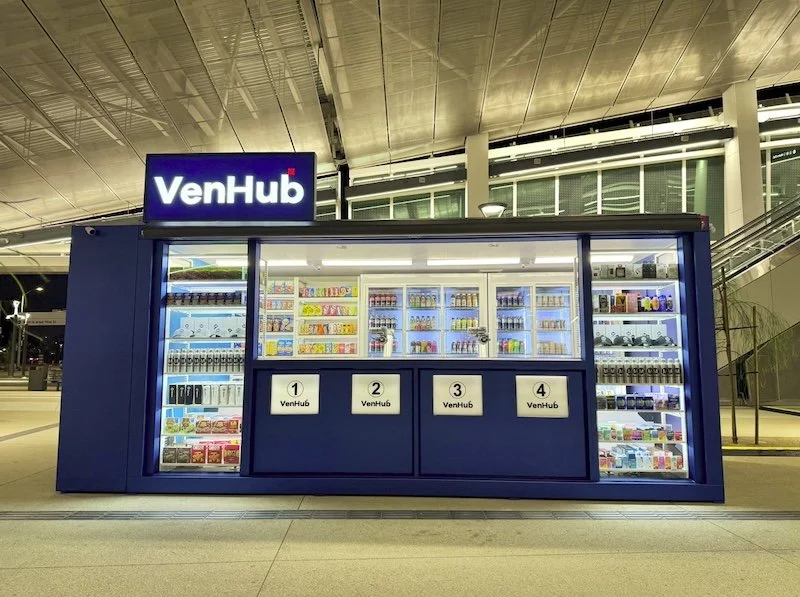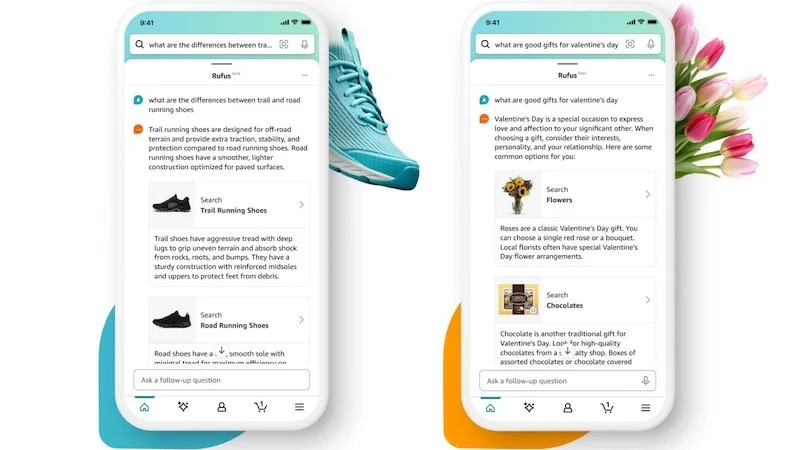How technology can drive eco-friendly practices
Sustainability has emerged as a major challenge in just about every sector worldwide. Overcoming it and being sustainable is not just about morality, but as a critical business strategy.
Consumers today are environmentally conscious and becoming more so with each passing year. This is driving a significant shift towards sustainable practices in the retail sector.
However, achieving sustainability in retail may be complex, and before you hand in your retail manager resume to a company you should consider innovative solutions and strategic thinking to show that you are ahead of the game.
This is where sustainable technology can help you create a successful business model. Advanced technologies offer transformative potential, enabling you to reduce your ecological footprint and meet the rising consumer demand for responsible and eco-friendly practices.
Consumer consciousness
As mentioned, retail is witnessing a significant shift as consumer consciousness about sustainability reaches new heights. This change is not going away anytime soon, as shoppers increasingly prioritise products and brands that demonstrate a commitment to environmental stewardship.
A 2019 survey by NielsenIQ revealed that 73% of global consumers would change their consumption habits to reduce their environmental impact. Over the last few years, this hasn’t changed. The feeling is especially strong among younger consumers.
The results of this survey show that marketing and selling eco-friendly products and practices can result in a highly successful business model in both the short and long-term.
Implementing sustainable technologies
For retail managers ready to embrace different sustainable technologies, you’ll need to have a well-planned approach before you begin. Here's how to get started:
1. Invest in technologies that offer a balance between initial costs and long-term sustainability benefits.
For instance, energy efficient appliances may have higher upfront costs but lead to substantial savings and environmental benefits over time.
2. Start small and then scale up. Implement pilot projects to work out the technology’s effectiveness before expanding them store-wide or company wide.
3. Use digital platforms to inform and involve customers in your sustainability journey. For example, apps and social media can be powerful methods of getting the word out.
4. Stay up-to-date with the newest developments and be ready to adapt your strategies to any major changes in your sector.
By considering these factors, you can successfully integrate sustainable technologies into your operations as a retail manager.
Challenges that stand in the way of sustainability
While making businesses more sustainable needs to be done, it is not as easy as it sounds, and transitioning to sustainable practices in retail presents many challenges.
The biggest issues are cost and complexity, often at the head of the hurdles for retail managers and business owners.
Implementing eco-friendly initiatives can require significant upfront investment, a daunting prospect for businesses, especially small and medium-sized enterprises.
For instance, sourcing sustainable materials or adopting green packaging solutions regularly comes with a higher price tag compared to conventional alternatives.
Additionally, the complexity of overhauling existing supply chains and operations to meet sustainability standards can be overwhelming, involving intricate planning and execution.
However, certain technology offers viable solutions to these challenges. Advanced software can streamline supply chain management, making it more efficient and transparent.
For example, blockchain technology can trace product origins and ensure ethical sourcing, while AI driven analytics can optimize inventory to reduce waste.
Digital platforms can also enable retailers to engage with consumers directly, educating them about the sustainability of products and practices, thus building trust and loyalty.
By leveraging technology, retailers can not only overcome the barriers to sustainability but also create a competitive edge, turning challenges into opportunities for innovation and growth.
This technological approach not only addresses the immediate hurdles but also sets the stage for long-term sustainable success in the retail sector.
Technology you can use to create sustainable retail
We know that technology is revolutionising sustainability in retail, turning ecological goals into achievable realities. However, which technologies are particularly helpful?
For instance, some of the key tools that you can use to make your company more sustainable include AI and blockchain. Here we break down the technology you can use.
Artificial intelligence in inventory management:
AI algorithms predict demand with high accuracy, reducing overproduction and waste.
AI driven insights guide consumers toward sustainable products.
Blockchain for supply chain transparency:
Creates a tamper-proof record of a product's journey, ensuring ethical sourcing and manufacturing.
Enhances consumer trust through transparent product lifecycles.
Internet of Things (IoT) for energy management:
IoT sensors optimise real-time energy use in retail spaces.
Contributes significantly to reducing the carbon footprint of retail operations.
In the journey towards a greener retail landscape, action, and technology are indispensable allies.
By embracing innovative technologies, retailers can effectively address environmental challenges, meeting the rising consumer demand for sustainability.
For retailers, the path forward is clear: adopt, adapt, and advance with technology at the helm of sustainability.















Continue reading…